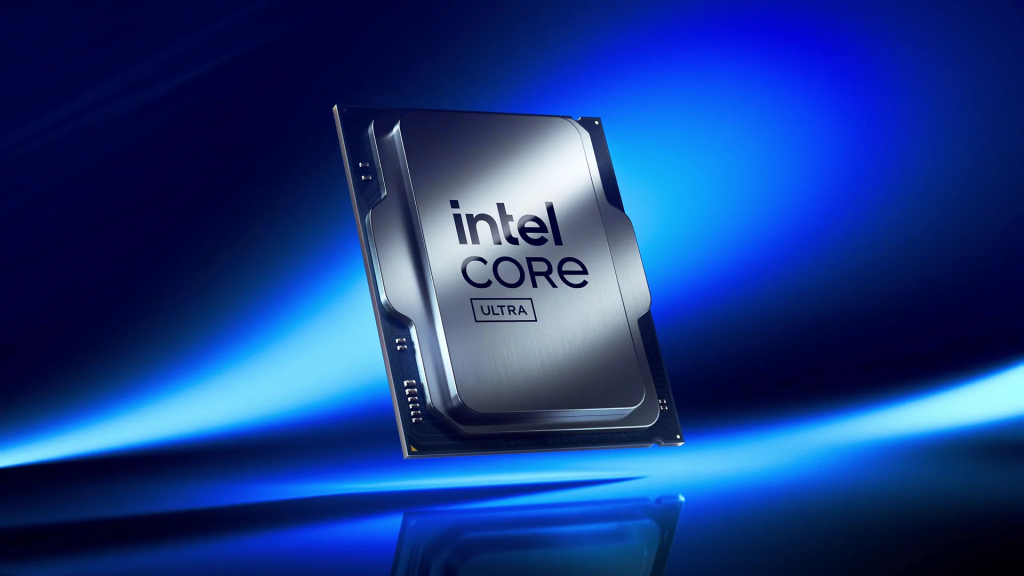Intel’s (INTC) fall from grace seemed to happen all at once. Shares of the once iconic chipmaker plummeted 60% in 2024. The company posted the biggest loss in its 56-year history in its latest quarterly earnings report. Its market cap has dropped 80% since 2000 — when it was one of the most valuable companies in the world.
“They had a God complex; they were super arrogant,” a former high-level executive who worked at Intel for more than 20 years. “They felt like they had such a large competitive advantage that they could never do anything wrong.”
The cause of Intel’s decay?
A culture of complacency, short-term thinking, and lack of execution, all while its rivals got better. Today, Intel is hemorrhaging share in the very market it created, losing customers to AMD (AMD), Goldman Sachs analyst Toshiya Hari.
The x86 architecture underpinning Intel and AMD’s products is, in turn, losing share to British chip designer Arm (ARM), according to Bernstein analyst Stacy Rasgon. Those chips altogether — CPUs, or central processing units — are existentially threatened by the rise of AI-focused GPUs, or graphics processing units, a market dominated by Nvidia.
And its fledgling foundry business is bleeding cash while competitors snatch fat contracts leveraging machine technology that Intel once funded.
In 2024, Nvidia’s stock is up 173%, while Arm, Broadcom (AVGO), and TSMC (TSM) clocked 93%, 101%, and 92% gains, respectively.
The employees were granted anonymity due to non-disclosure agreements and fear of jeopardizing future employment opportunities.
In a statement an Intel spokesperson said, “We are executing with rigor on our plan to rebuild product and process leadership and improve our profitability. The work we are doing to strengthen our product portfolio, combined with our disciplined focus on driving returns on our foundry investments, supports our long-term strategy to deliver sustainable financial performance and unlock shareholder value.”



